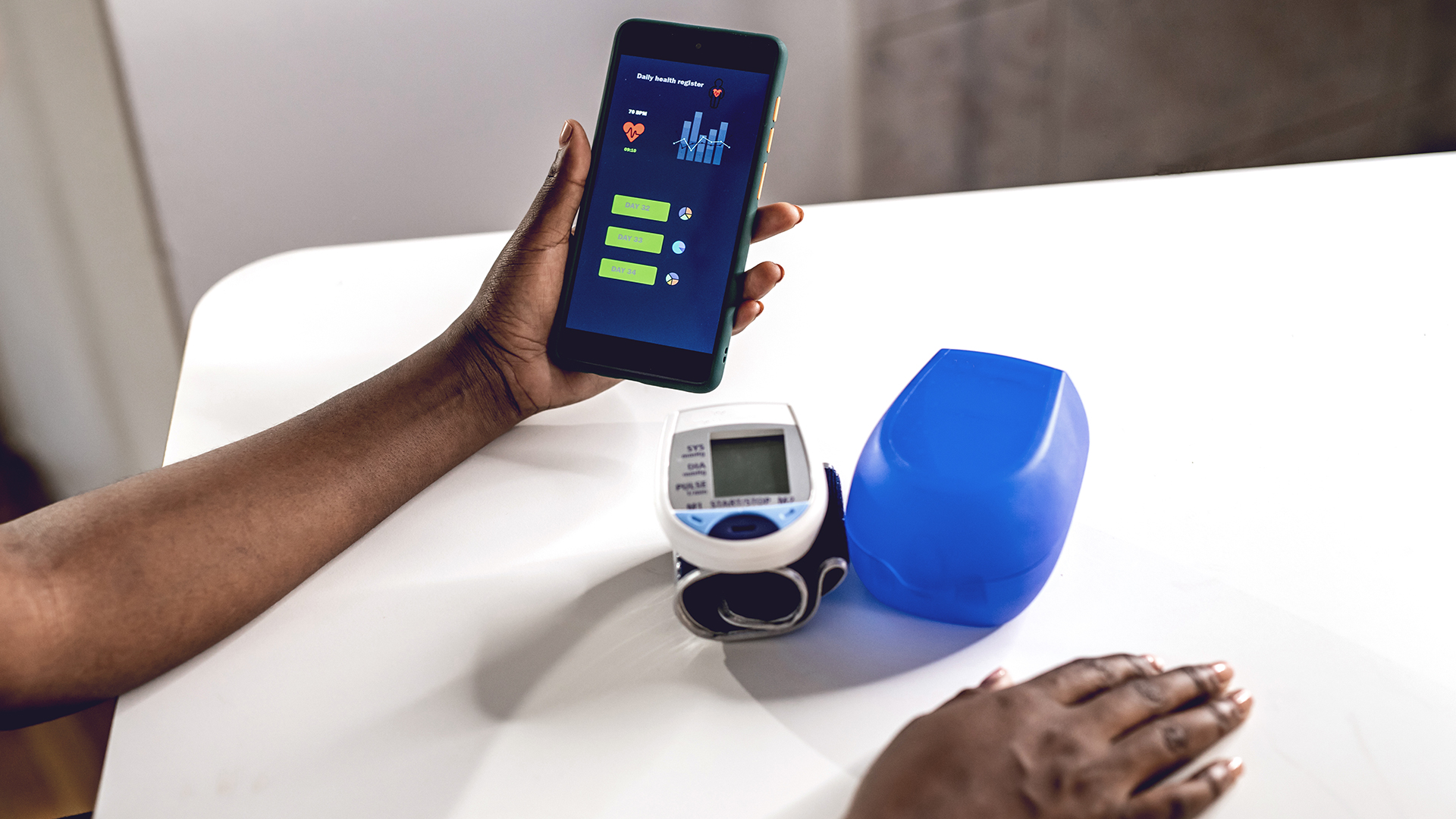The medtech industry has long behaved like manufacturers of luxury goods, relying on relationships with individual decision makers to sell innovation at a premium.
Like the sports retailer selling the latest lightweight, carbon fiber road bike or the jewelry store clerk discussing the appeal of a self-winding wristwatch, medtech sales reps have leveraged customer preferences and “features and benefits” to drive purchasing decisions. For years, they’ve sold to individual stakeholders based more on desirability than on outcomes: If a surgeon wanted the new top-of-the-line medical device, he’d usually get it.
However, medtech companies are increasingly recognizing that they can’t simply talk about features and benefits, and must work hard at adapting their messaging for non-clinical decision makers. Many more stakeholders are involved in purchasing processes nowadays, and the decision criteria are increasingly complex and tied to quality, outcomes and total cost of care. Price concessions such as volume-based rebates, which may have been enough to keep the purchasing department happy in times past, are increasingly insufficient in the new model.
To win over stakeholders, from nursing staff to department leadership and hospital executives, manufacturers need to move away from the luxury model, develop a compelling, outcomes-oriented value proposition that clearly communicates the value of an offering in terms of its impact on quality improvement and cost reduction.
How can medtech shift the conversation away from medical devices as luxury items, and toward medical devices as essential and cost-effective drivers of positive clinical outcomes? ZS experts Brian Chapman and Kevin Stockton share five factors to create a compelling medtech value proposition suited to the value-based healthcare environment.














